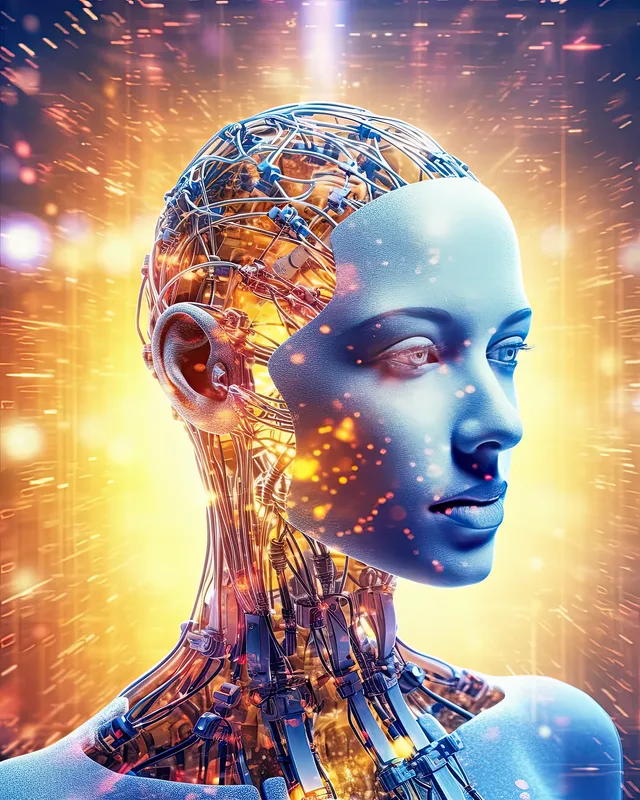In recent years, digital education has changed from a supplemental tool to an essential aspect of learning. As we approach 2025, digital platforms are revolutionizing how education is accessed, provided, and adapted, making learning more personalized, interactive, and accessible to millions globally.
MAIN DEVELOPMENT IN DIGITAL EDUCATION

Source
PERSONALIZED LEARNING PATHS: Adaptive learning systems increasingly incorporate artificial intelligence to assess students' talents, limits, and preferences. This facilitates the design of individualized learning programs that allow students to advance at their own pace, encouraging engagement and enhancing educational performance.
IMMERSION TECHNOLOGIES: Virtual reality (VR) and augmented reality (AR) are boosting online education by adding interactive, practical experiences. With these materials, students may use their devices to learn past civilizations, examine microscopic animals, and complete virtual lab tasks. Complex topics become simpler to understand and more fascinating via such immersion experiences.
Global Classrooms and Cultural participation: Digital platforms connect students throughout the globe, encouraging cross-cultural interaction and a global outlook. Through collaboration with peers from diverse backgrounds, children gain empathy and a greater awareness of the world, allowing them for a globally connected future.
CHALLENGES AND CONSIDERATIONS
Despite its advantages, digital education poses challenges. Reliable internet and technology access are restricted in many locations, preventing equitable chances. Additionally, concerns surrounding screen time, data protection, and student motivation need to be addressed to guarantee digital education benefits kids holistically.
THE FUTURE OF LEARNING
As technology progresses, the border between online and in-person learning will blur. Hybrid models, where students cycle between digital and real classrooms, are set to become the standard. Digital platforms’ flexibility will also allow continual learning, enabling people to reskill and adapt to professional changes and new challenges throughout their lives.
CC. @ngoenyi @ogechukwu-martha @alexandergudino
@wisdom123 @dobartim @zacharyl @goodybest @patjewell
